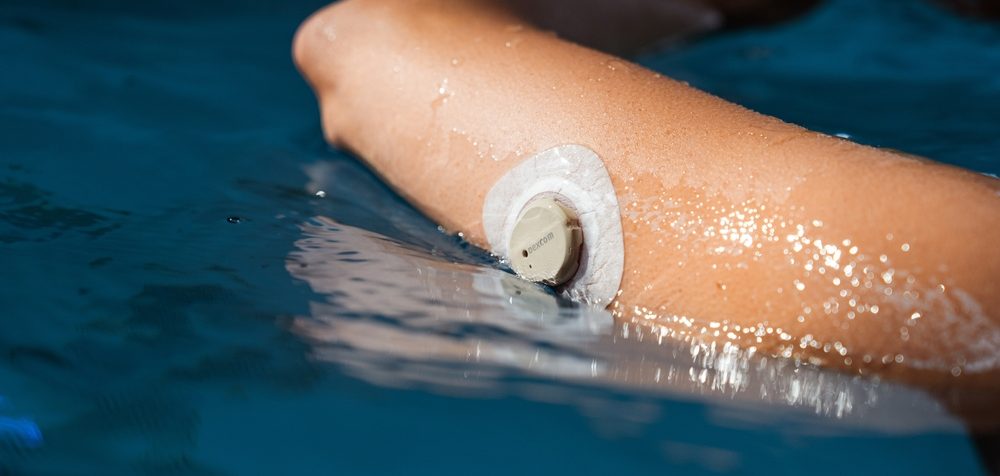
Researchers at North Carolina State University (NC State) have developed a technique for creating “amphibious” sensors that can function both in air and underwater. These amphibious sensors have potential for use in applications ranging from wildlife monitoring to biomedical applications.
The team’s current work is focused on strain sensors, which measure deformation – how things stretch, bend and move.
“… there is interest in creating strain sensors that can be used in biomedical applications – such as sensors that can be used to observe the behavior of blood vessels and other biological systems,” says Shuang Wu, a postdoctoral researcher at NC State. “Other possible applications include creating sensors that can measure how fish move underwater, monitor health in wildlife, and so on.”
In order to create a sensor that could perform in a wet environment, the team worked with a sensitive strain sensor it had previously developed. They sandwiched the sensor between two thin films made of a highly elastic, waterproof polymer to encapsulate it. The unique interface design of this encapsulation keeps water out but does not restrict the movement of the sensor, giving it the desired sensitivity and stretchability. The sensor can be connected to a small chip that transmits data wirelessly.
“In experiments, we found the amphibious sensors were sensitive and had a fast response time,” says Wu. “And we found that the performance of the sensors was the same whether the sensor was in air or after being submerged in saltwater for 20 days.”
To demonstrate the functionality of the amphibious sensors, they used the sensors to track the motions of robotic fish, to monitor blood pressure in a pig’s heart, and created a glove that incorporated the sensors, to translate a scuba diver’s hand signals into messages that could be read by people in or out of the water.
“We’ve submitted a patent application for this technology and are open to working with industry partners to incorporate these sensors into various applications,” said Yong Zhu, corresponding author of the paper and the Andrew A. Adams Distinguished Professor of Mechanical and Aerospace Engineering at NC State.
.
